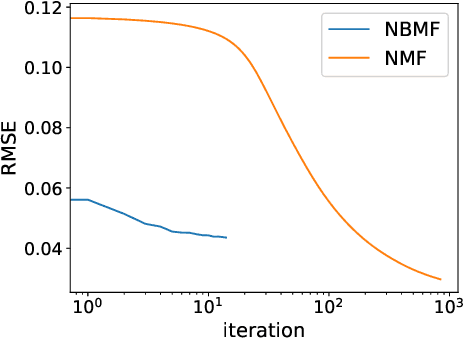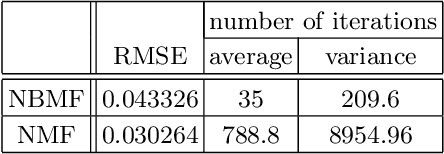Hinako Asaoka
Quantum autoencoders for image classification
Feb 21, 2025Abstract:Classical machine learning often struggles with complex, high-dimensional data. Quantum machine learning offers a potential solution, promising more efficient processing. While the quantum convolutional neural network (QCNN), a hybrid quantum-classical algorithm, is suitable for current noisy intermediate-scale quantum-era hardware, its learning process relies heavily on classical computation. Future large-scale, gate-based quantum computers could unlock the full potential of quantum effects in machine learning. In contrast to QCNNs, quantum autoencoders (QAEs) leverage classical optimization solely for parameter tuning. Data compression and reconstruction are handled entirely within quantum circuits, enabling purely quantum-based feature extraction. This study introduces a novel image-classification approach using QAEs, achieving classification without requiring additional qubits compared with conventional QAE implementations. The quantum circuit structure significantly impacts classification accuracy. Unlike hybrid methods such as QCNN, QAE-based classification emphasizes quantum computation. Our experiments demonstrate high accuracy in a four-class classification task, evaluating various quantum-gate configurations to understand the impact of different parameterized quantum circuit (ansatz) structures on classification performance. Our results reveal that specific ansatz structures achieve superior accuracy, and we provide an analysis of their effectiveness. Moreover, the proposed approach achieves performance comparable to that of conventional machine-learning methods while significantly reducing the number of parameters requiring optimization. These findings indicate that QAEs can serve as efficient classification models with fewer parameters and highlight the potential of utilizing quantum circuits for complete end-to-end learning, a departure from hybrid approaches such as QCNN.
Nonnegative/Binary Matrix Factorization for Image Classification using Quantum Annealing
Nov 02, 2023Abstract:Classical computing has borne witness to the development of machine learning. The integration of quantum technology into this mix will lead to unimaginable benefits and be regarded as a giant leap forward in mankind's ability to compute. Demonstrating the benefits of this integration now becomes essential. With the advance of quantum computing, several machine-learning techniques have been proposed that use quantum annealing. In this study, we implement a matrix factorization method using quantum annealing for image classification and compare the performance with traditional machine-learning methods. Nonnegative/binary matrix factorization (NBMF) was originally introduced as a generative model, and we propose a multiclass classification model as an application. We extract the features of handwritten digit images using NBMF and apply them to solve the classification problem. Our findings show that when the amount of data, features, and epochs is small, the accuracy of models trained by NBMF is superior to classical machine-learning methods, such as neural networks. Moreover, we found that training models using a quantum annealing solver significantly reduces computation time. Under certain conditions, there is a benefit to using quantum annealing technology with machine learning.
* 11 pages, 8 figures
Image Analysis Based on Nonnegative/Binary Matrix Factorization
Jul 02, 2020

Abstract:Using nonnegative/binary matrix factorization (NBMF), a matrix can be decomposed into a nonnegative matrix and a binary matrix. Our analysis of facial images, based on NBMF and using the Fujitsu Digital Annealer, leads to successful image reconstruction and image classification. The NBMF algorithm converges in fewer iterations than those required for the convergence of nonnegative matrix factorization (NMF), although both techniques perform comparably in image classification.
* 3 pages, 1 figure
 Add to Chrome
Add to Chrome Add to Firefox
Add to Firefox Add to Edge
Add to Edge